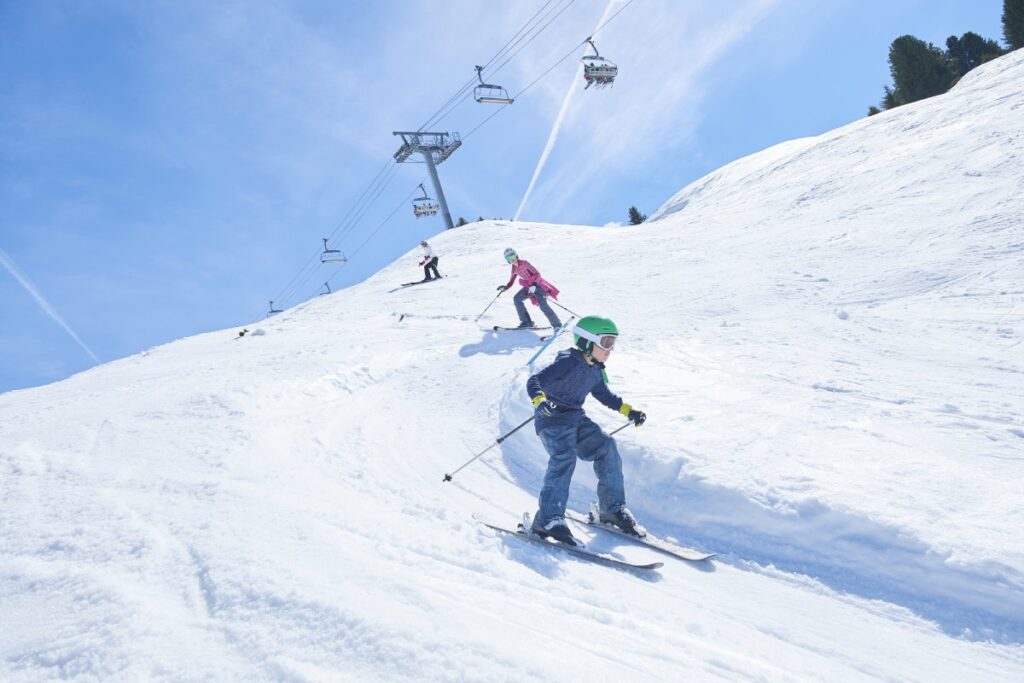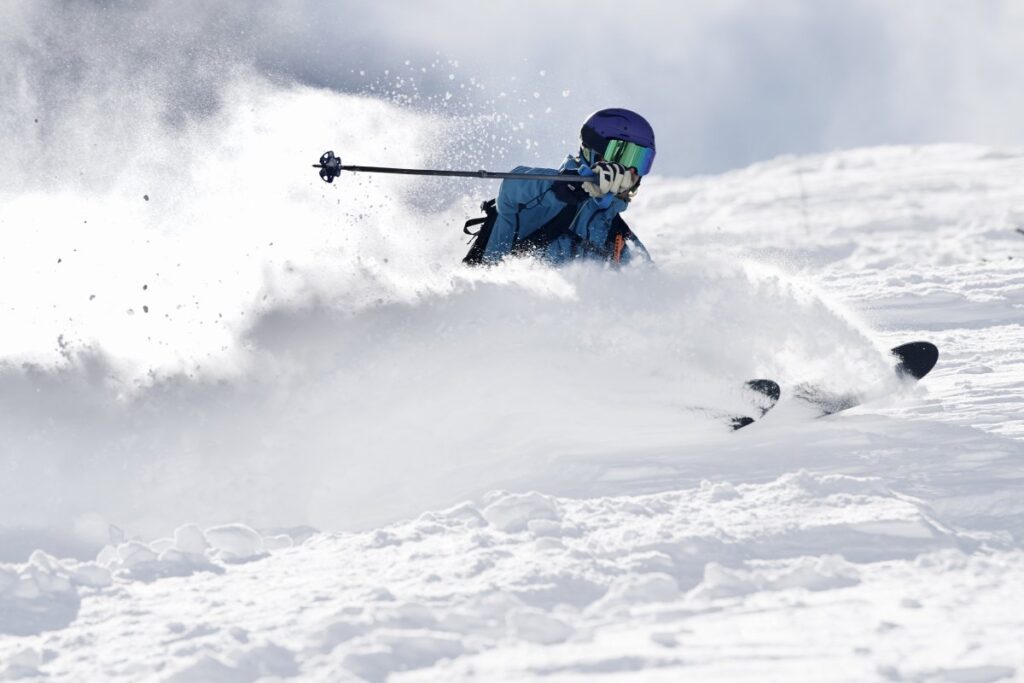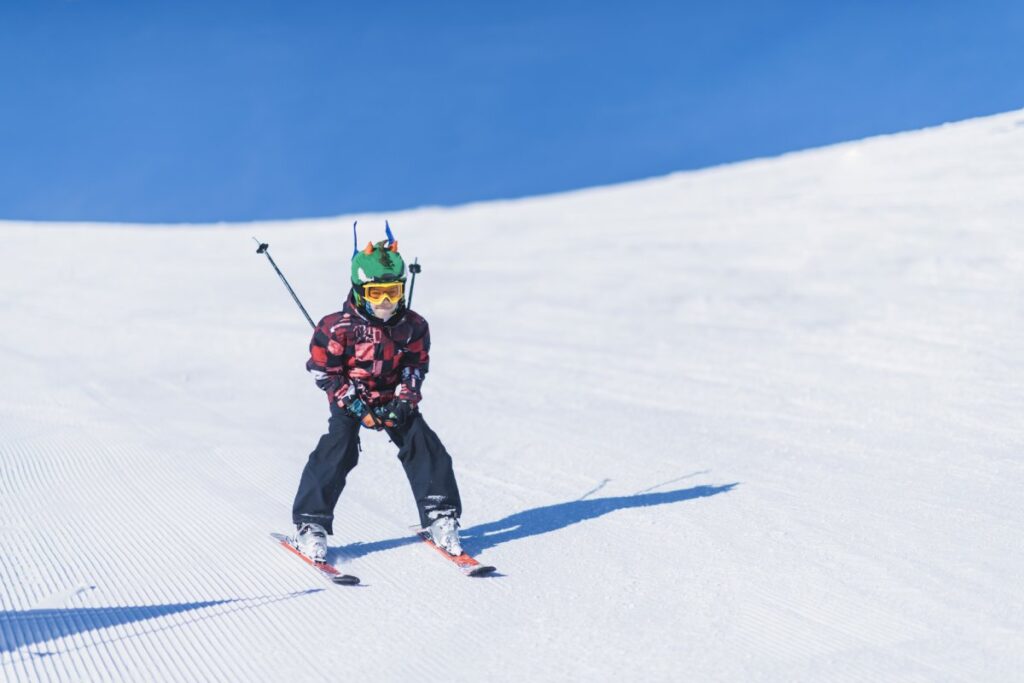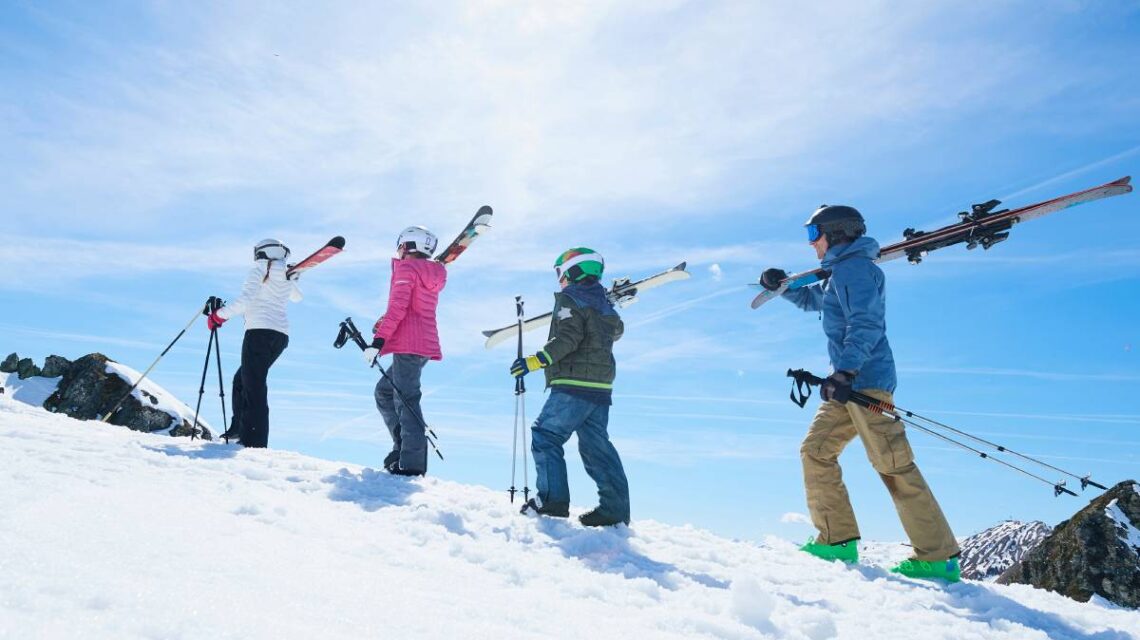If you haven’t given it a try before, skiing is one of the most fun ways you can spend a holiday. While some people only like to head to hot places and get some sun, millions around the world choose to spend their holidays bundled up warm and gliding through the snow. If you are considering your first ski trip you may be experiencing a few doubts, and have more than a couple of worries. Here we will look to answer some of your likely questions and get you ready to hit the slopes.
Can beginners go on skiing holidays?

There are some places, resorts, and slopes that are not suitable for beginners, but in general prior experience is not required to head out on your first ski trip. Everyone has to start somewhere, and while you can absolutely take classes before you leave, and give dry slope skiing a go, there is no full substitution for actually getting out there in the snow and giving it a try in real-world conditions. There are a few things you should aim towards, and others that you will want to avoid until you have a few runs under your belt.
One tip is to make sure that the destination you pick to travel to has more than one run for beginners. Most resorts should have at least a couple, but you don’t want to accidentally head to one that is aimed more at experienced skiers. It is also better to have a few choices so you don’t end up feeling a bit bored after a day or two. A mix of beginner and more intermediate slopes should be ideal. If in doubt, check out great sites like beactive.life. They will help you find the perfect package for you in the right location, without any hassle.
Different colours denote the different ability levels recommended for each ski slope. As a beginner, you will be looking to try a green for your first run. These slopes are shallow and wide, great for letting you have a go without the speed and increased difficulty of the other colours. Once you have had a few goes on the green slopes you may feel ready to step up to a blue run. The steepness of the gradient will increase as the colours go up, first green then blue, red, black and even double black diamond for the real pros.
It is essential that you know the colour slope you are on before you start to ski. A red slope may be trickier than a beginner might be comfortable with, but thinking you are on a green and discovering that it is red could quickly become extremely dangerous.
Most resorts will offer classes for newbies to get you used to your skis and give you a few tips and tricks to use on the slopes. Some people may find that an hour or an afternoon of teaching will give them the building blocks to then practice alone, while others may choose to continue their instruction throughout their holiday. It’s entirely up to you.
Do beginner skiers fall a lot?

A big worry that a lot of people have when skiing for the first time is if they will get injured. It is a fact that when you first start to ski you will fall down. One of the first skills you will learn is how to fall down on purpose, and how to fall down the right way so you don’t hurt yourself. If it sounds scary, at least be comforted the snowboarders will fall down even more than you will!
To deliberately ‘fall’ as you are skiing can be an excellent way to get yourself out of a scary feeling situation. If you think you are wobbling, or feel uncomfortable, you can basically sit down where you are. No injuries, and you can take a breath and look at the next bit of the slope before getting back up and going again. This is not true of bigger slopes where stopping can be very dangerous, only for your first few practices with an instructor.
You will also have the right gear to make falling less scary. Wearing a full ski suit that is padded and meant to prevent you from getting too banged up is a good start, as is wearing a helmet and any other protective equipment that you can buy. Waterproof clothing is essential if you don’t want to end up wet and cold after your many likely falls. You will also be wearing the right kind of skis to help make sure that you are going at the right speeds and have more control over everything as you start.
What type of ski is best for beginners?

There are many different skis available for you to buy or rent, with options for men and women, based on the kind of skiing you wish to do, and on different widths. The width of your skis determine how much stability and control you have, though if you go too wide they can hamper your ability to turn. Ideally, beginners should go for around 70-80mm width for their skis.
The length of your skis should be measured based on your height. Your skis should reach up to between your chin and your mouth. To begin with, going for these shorter-length skis will again give you more control than the longer skis preferred by more experienced skiers.
The best type of ski for beginners is generally agreed to be the carving ski. Carving skis will set you in good stead when you are learning the first basic moves of starting, stopping, turning, and anything else you are likely to do as a new skier. Once you have more experience and progress to different slopes you may wish to branch out, but carving skis are a great choice to get you going.
Conclusion
To Sum Up:
- Beginners can absolutely go on skiing holidays. Many resorts are tailored to new skiers, offering the right kinds of slope and instruction too.
- Falling is a part of learning to ski, but as long as you have the right protective gear on and listen to your instructions, you should soon learn how to fall without getting injured too badly.
- To start off, shorter, wider skis are better to allow you more stability and control. Carving skis are a great choice for beginners learning the basics.
If you are looking to try something different on your holidays this year, why not join the millions of others who choose to go skiing? Once you give it a go you are likely to make it a fixture of your holidays in the future.



